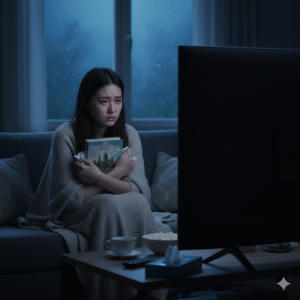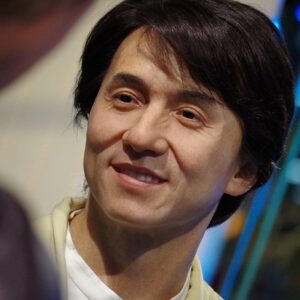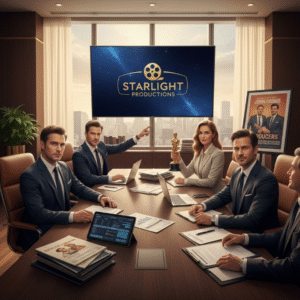Mumbai – 2025
The lights are on, the call time is 5 AM, the endorsements are lined up, and another film is in pre-production—even before the last one has released.
For today’s actors, the industry mantra is clear:keep moving, keep visible, keep working.But beneath the glamour of constant productivity lies a silent epidemic—burnout.
In India’s hyper-demanding film and OTT ecosystem, where actors juggle films, web series, brand deals, red carpets, and reels—the cost of never pausing is showing up in creative fatigue, mental disconnection, and emotional collapse.
What Is Actor Burnout?
Burnout is not “just being tired.” It is a state ofchronic psychological exhaustion, marked by:
- Loss of creative inspiration
- Cynicism or detachment from the craft
- Physical fatigue that doesn’t go away with rest
- Emotional numbness during roles or media interactions
- A sharp decline in joy, purpose, or personal connection
And in actors, burnout often masquerades as“professional momentum”—until something breaks.
Why It’s Happening Now
- Over-Scheduling
Actors today are expected to complete 2–3 projects a year, plus promotions, OTT premieres, event appearances, and shoots for brands. - Visibility Pressure
Stars now must maintain daily digital engagement. A day off social media risks “losing relevance.” - Multi-Platform Demand
Between film, OTT, short films, music videos, and fashion campaigns, actors rarely get creative breathing space. - Success Trap
After one major hit, actors often say yes to everything—for fear of the “moment passing.” This leads to over-commitment and emotional erosion.
Physical Toll of Creative Work
Many actors report:
- Hormonal imbalances from erratic schedules
- Weight fluctuations due to role demands
- Insomnia, migraines, or digestion issues
- Nervous exhaustion after intense roles
What begins as fatigue becomes asystemic crash, often brushed off as “part of the grind.”
Creative Burnout Is Invisible but Damaging
Even for actors not physically ill, burnout shows up as:
- Going through the motions in scenes
- Resisting rehearsals or script prep
- Irritability or indifference on set
- Emotional disconnection during interviews or live sessions
- Losing the desire to act, while still appearing active
And because the industry equates visibility with success,many actors suffer in silence—afraid to pause and risk fading away.
The Role of the System
Burnout is not just a personal failure—it’sa systemic byproductof the industry’s pace.
- Producers often book back-to-back schedules with no exit window
- PR firms push stars into endless promo runs across cities
- Brands demand monthly content contracts regardless of actor well-being
- Directors praise “toughness,” discouraging emotional transparency
What Actors and Studios Can Do
- Mandatory creative sabbaticals after major releases
- Therapy and emotional support embedded in contracts
- Opt-out clauses for promotions beyond mental capacity
- Production scheduling audits to ensure sustainable timelines
- Public openness about burnout, normalizing it as a professional concern—not a personal weakness
The Courage to Stop
Taking a break in show business is radical. But in the age of algorithmic fame,choosing silence, stillness, and self-preservation is a form of rebellion—and recovery.
Because acting isn’t just about showing up.
It’s aboutshowing up with presence, purpose, and peace—none of which survive prolonged burnout.








